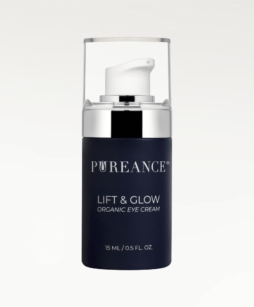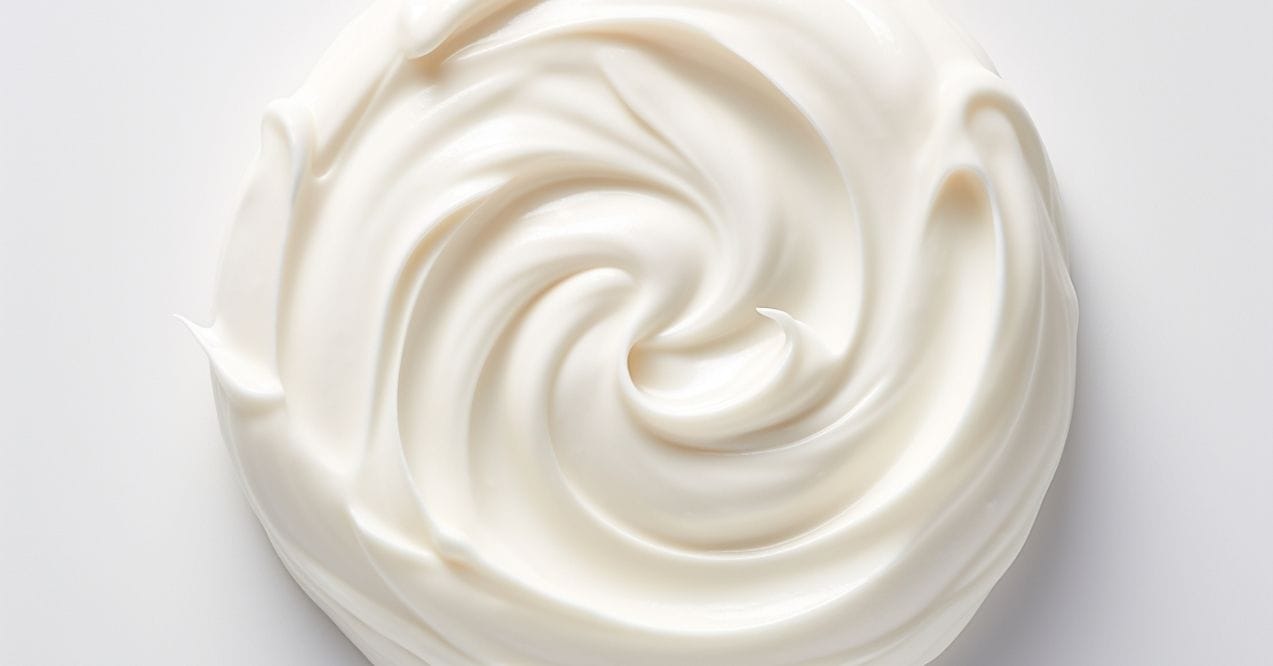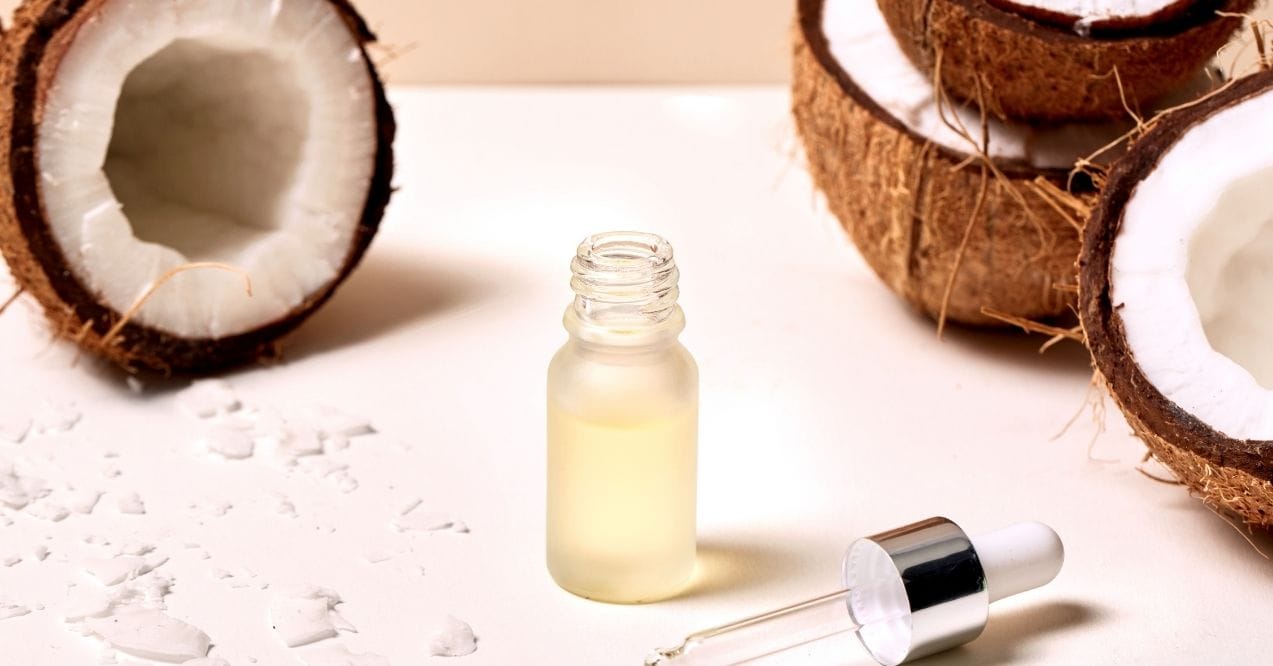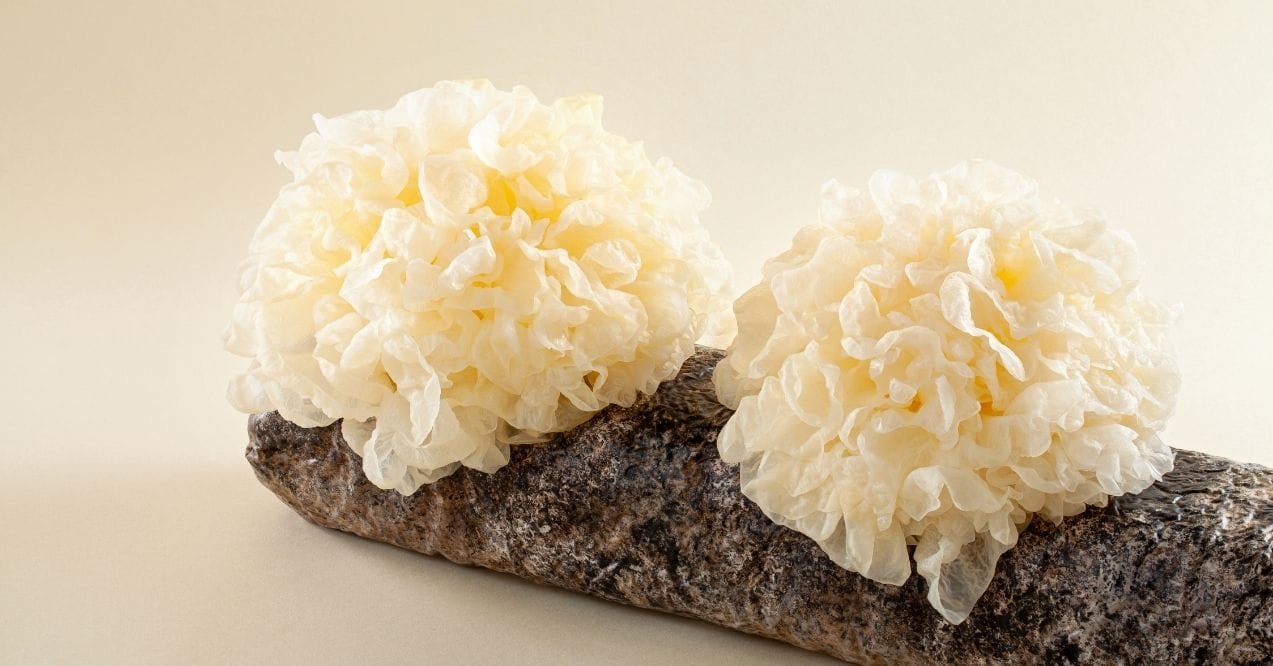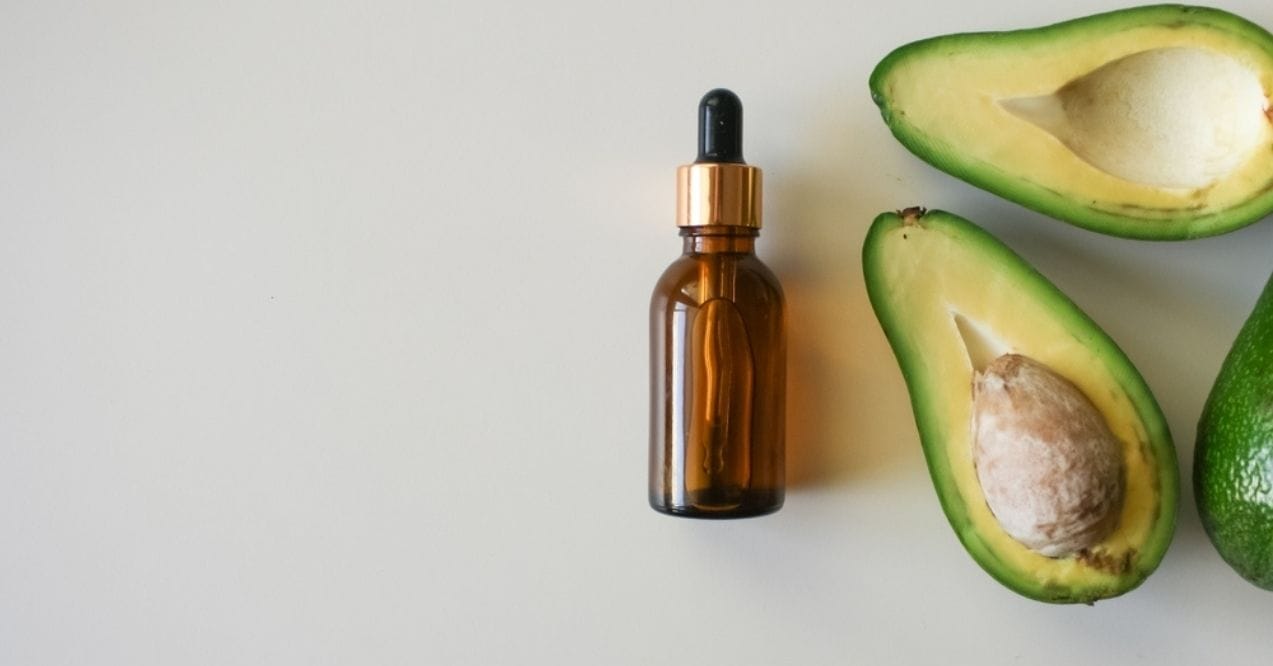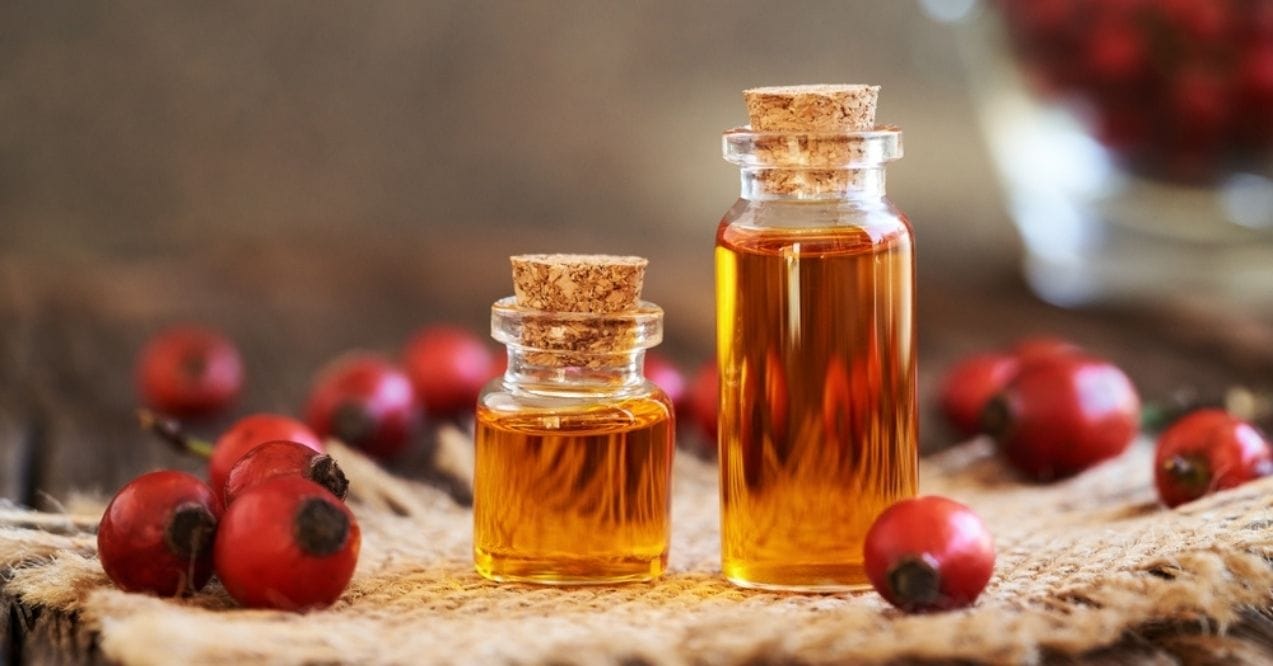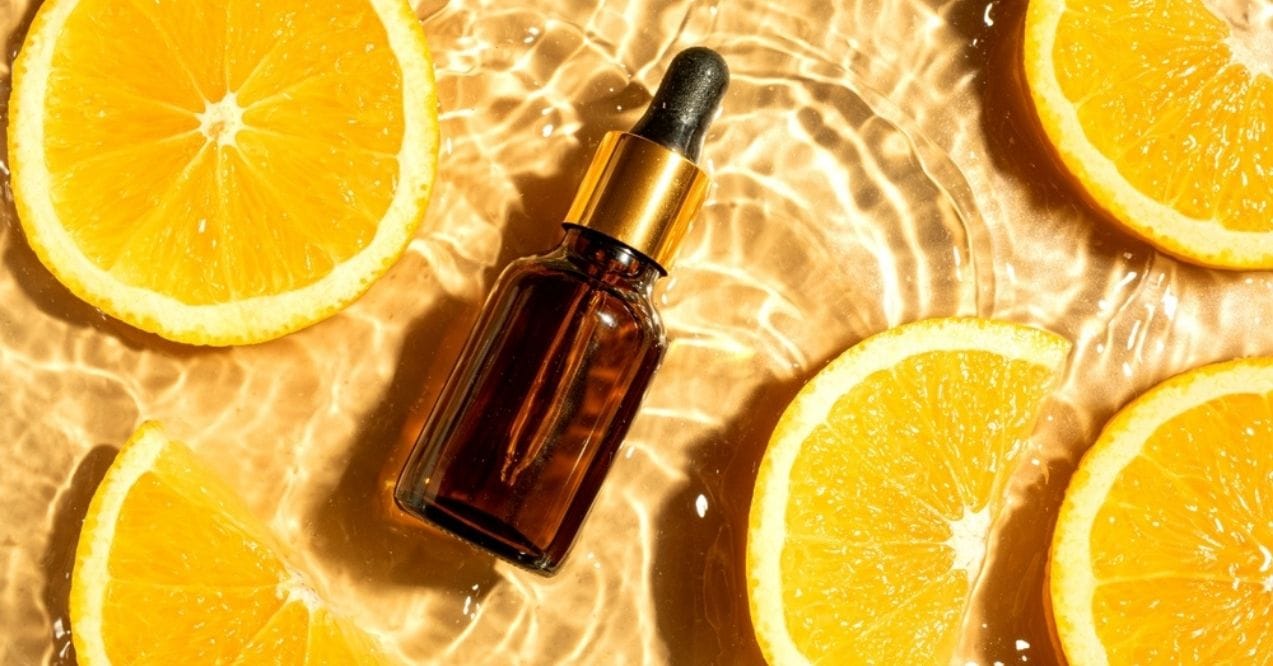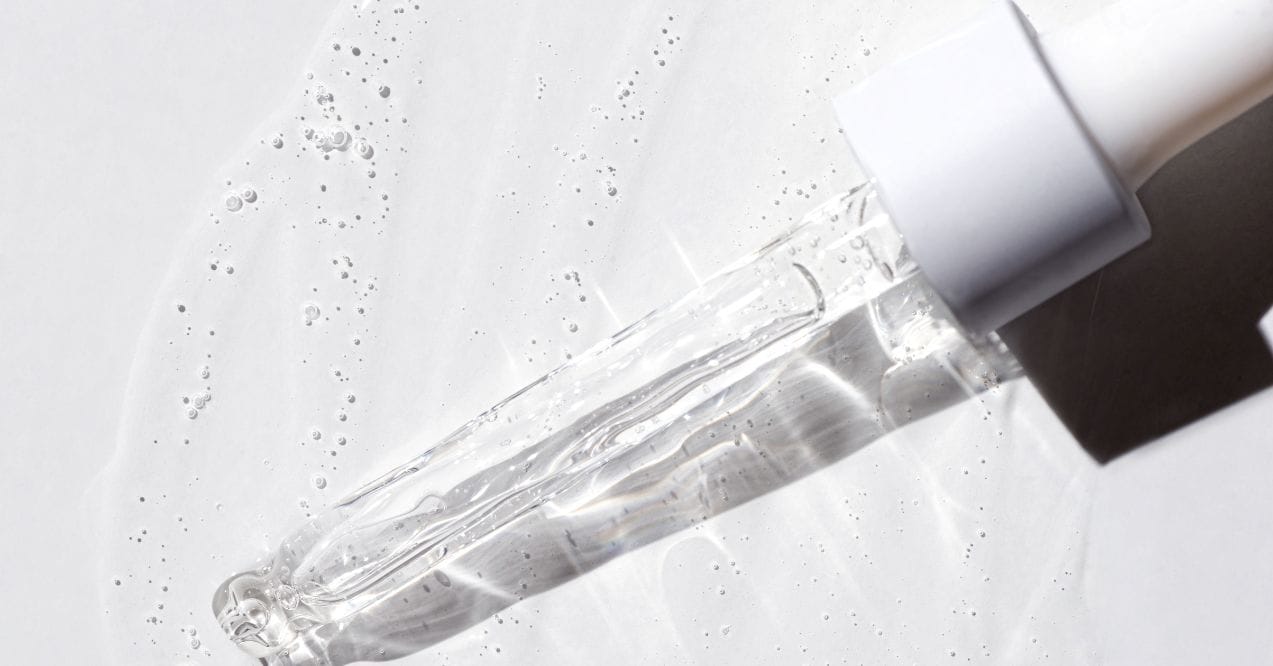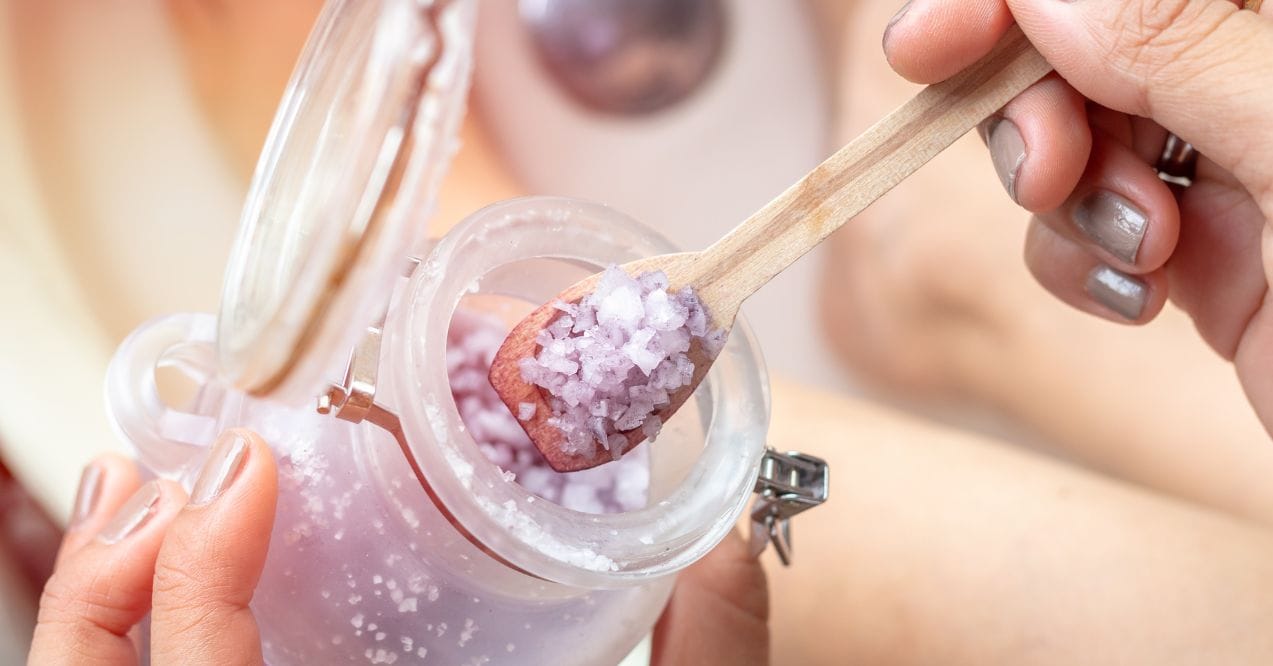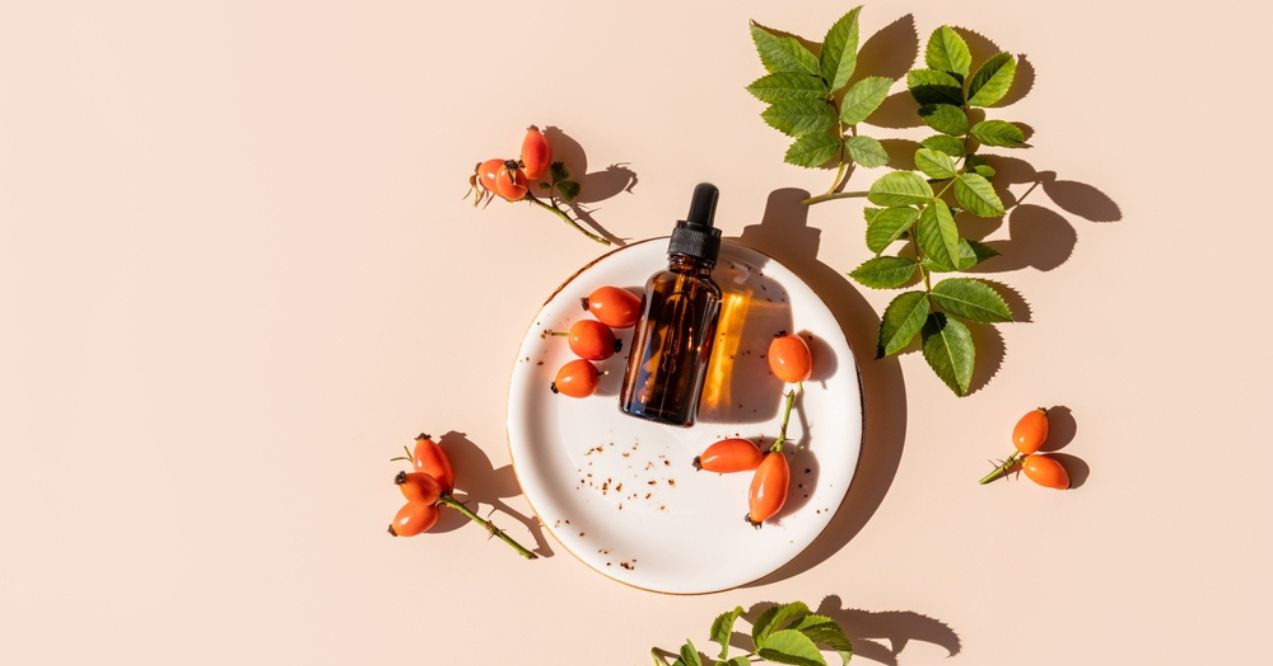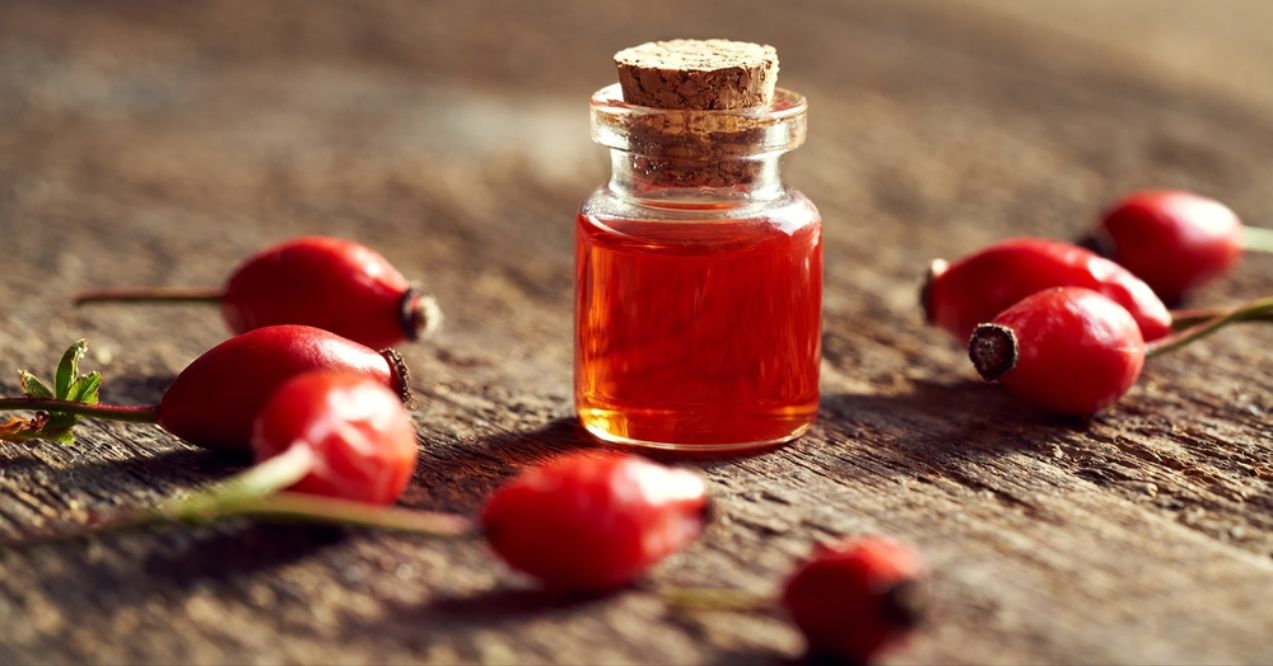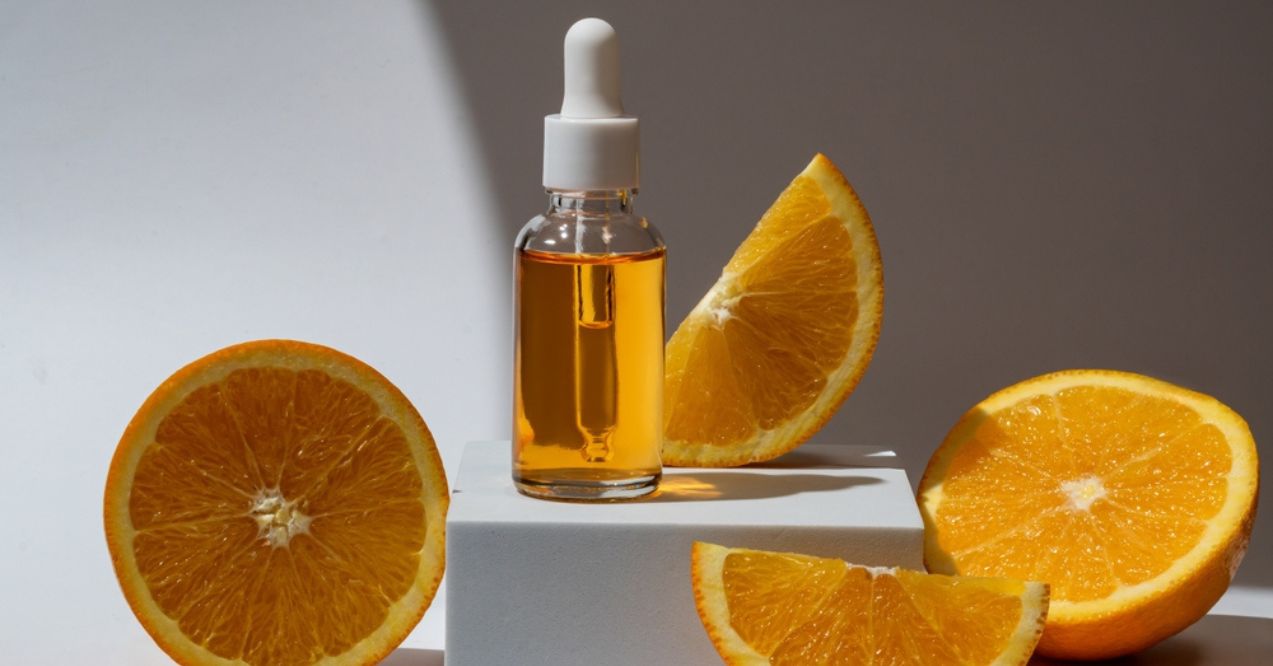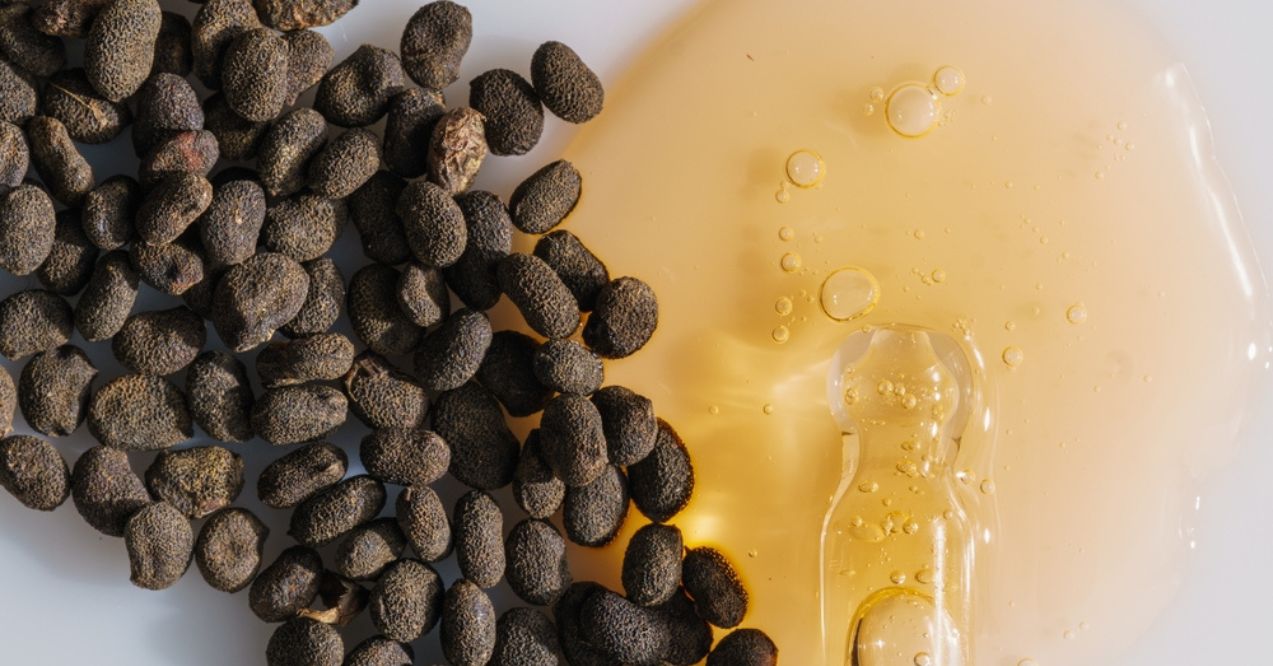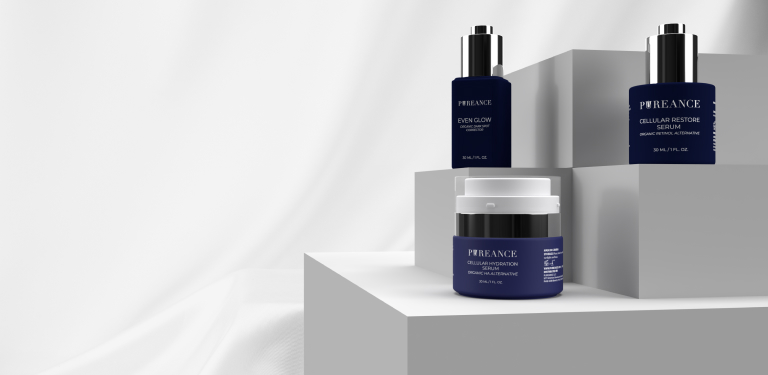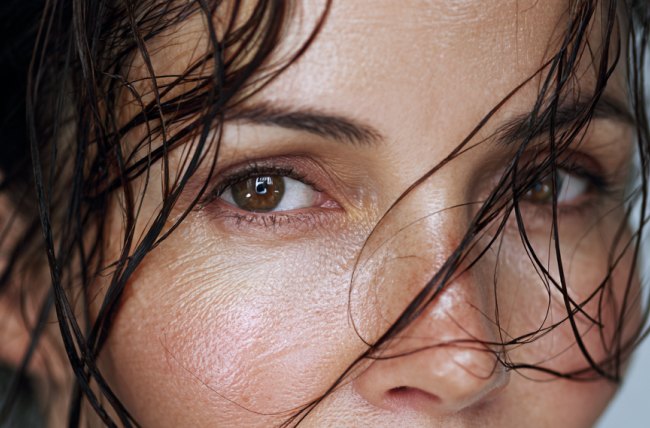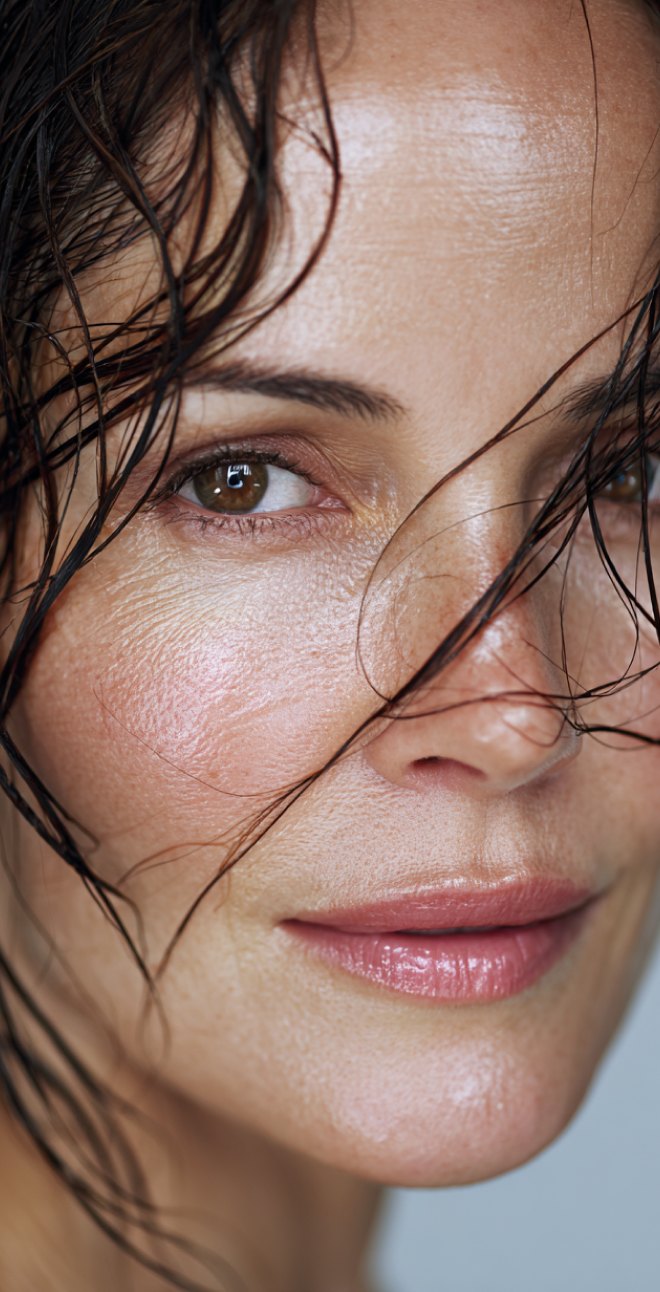


Does Coconut Oil Dry Out Your Skin?
Coconut oil has become a skincare staple, praised for its natural moisturizing properties and versatility. Yet despite its popularity, many people find themselves asking: does coconut oil dry out your skin? While countless beauty enthusiasts swear by its hydrating benefits, others report experiencing increased dryness, flakiness, or even breakouts after use.
This paradox leaves many confused about whether coconut oil belongs in their skincare routine. The truth is that coconut oil’s effects vary significantly based on individual skin type, application method, and environmental factors. This guide examines how coconut oil interacts with different skin types, identifies situations where it might contribute to dryness, and provides practical guidance for using it effectively.
Key Article Findings
- Coconut oil seals in moisture but doesn’t hydrate dry skin directly.
- Facial skin often reacts poorly while body skin tolerates it better.
- Apply to damp skin in thin layers for best results.
- Consider lighter alternatives like squalane if you experience dryness or irritation.
Why Coconut Oil Gets Mixed Reviews for Dry Skin
The skincare community remains divided on coconut oil’s effectiveness. While some users report softer, more supple skin, others wonder can coconut oil dry out your skin instead of improving it? Understanding the science behind these mixed results helps explain why this natural ingredient works differently for everyone.
Coconut Oil and Moisture Retention
Coconut oil’s popularity stems from its impressive fatty acid profile:
- Lauric acid (49% composition) – provides antimicrobial properties
- Myristic and caprylic acids – enable quick skin absorption
- Natural vitamin E – offers antioxidant support
However, coconut oil functions primarily as an occlusive agent. This means it:
- Creates a barrier on skin surface
- Locks in existing moisture
- Doesn’t add water content directly
For those experiencing dehydration, this occlusive property can trap dry conditions beneath its protective layer. This explains why is my skin so dry even when I moisturize with coconut oil – you’re essentially sealing in insufficient water content.
Coconut Oil Can Disrupt Skin’s Natural Signals
Regular application of heavy oils interferes with your skin’s moisture regulation. When you consistently apply coconut oil dry skin may worsen due to:
- Reduced natural sebum production
- Disrupted moisture barrier function
- Progressive dependency on external oils
This creates a cycle where skin becomes drier without constant coconut oil application, particularly affecting those with sensitive or compromised skin barriers.
When Coconut Oil Might Dry Out Your Skin
Certain conditions and skin types experience negative effects when coconut oil dries skin rather than moisturizing it. Recognizing these risk factors helps determine whether coconut oil suits your skincare needs.
On the Face vs. Body: A Crucial Difference
Facial skin differs significantly from body skin in several ways:
- Thinner epidermis, especially around eyes and lips
- Higher concentration of sebaceous glands
- More prone to comedogenic reactions
- Greater environmental exposure
The face’s delicate structure makes it particularly vulnerable to coconut oil’s heavy consistency. Mature skin, with its naturally thinner texture, may experience increased congestion or surface dryness. Body skin’s thicker barrier typically tolerates coconut oil better, making it more suitable for areas like elbows, knees, and heels.
Sensitive or Dry-Prone Skin Reactions
Individuals with reactive skin often notice paradoxical drying effects from coconut oil application. The delicate area experiencing dry skin under eyes may show increased fine lines and flakiness when coconut oil is applied, as its heavy texture can sit on the surface rather than absorbing properly.
Similarly, cheeks and forehead regions prone to sensitivity may develop patches of dryness despite the oil’s presence. These reactions stem from coconut oil’s high comedogenic rating of 4 out of 5, which can trigger pore congestion and disrupt the skin’s natural moisture balance, ultimately leading to surface dehydration in susceptible individuals.
Virgin vs. Refined Coconut Oil
Processing methods significantly impact how coconut oil and dry skin interact:
- Virgin/cold-pressed – Retains natural compounds but may cause reactions
- Refined – Less likely to irritate but stripped of beneficial nutrients
- Fractionated – Lighter texture but lacks full fatty acid profile
How to Use Coconut Oil Without Drying Out Your Skin
Smart application techniques can help you enjoy coconut oil’s benefits while minimizing potential drying effects. These strategies work particularly well for those who’ve experienced mixed results with this popular natural ingredient.
Test First, Always
Patch testing remains your most important safeguard against adverse reactions. Apply a small amount of coconut oil to your inner forearm or behind your ear, then monitor the area for 24-48 hours.
Watch for redness, itching, or increased dryness before proceeding. Skip facial application initially – test on less sensitive body areas like your legs or arms to gauge your skin’s response.
Apply Over Damp Skin Only
Timing matters significantly when using coconut oil for dry skin on face or body. Apply immediately after cleansing while skin remains slightly damp from water or toner. This technique allows coconut oil to trap moisture effectively rather than sitting on dry surface skin. Pat your face gently with a towel, leaving slight dampness, then apply a thin layer of oil using upward strokes.
Layering Smartly: Pair With a Humectant First
Maximize hydration by applying a water-based serum containing hyaluronic acid or glycerin before coconut oil. This combination provides actual moisture that coconut oil can then seal in effectively. Allow the humectant product to absorb for 30-60 seconds before adding your occlusive coconut oil layer.
Best for Body, Not Face
Reserve coconut oil primarily for body application where thicker skin tolerates its heavy texture better. Focus on naturally dry areas like elbows, knees, and heels. Facial skin, particularly mature or sensitive types, often responds better to lighter, specially formulated products designed for its unique needs.
Better Alternatives to Coconut Oil for Dry Skin
For those experiencing dryness with coconut oil, several lighter, more compatible options provide superior hydration without the potential drawbacks.
Squalane and Rosehip Oil
Squalane mimics skin’s natural sebum, offering:
- Lightweight moisture without pore congestion
- Deep penetration due to compatible molecular structure
- 0 comedogenic rating – safe for all skin types
Rosehip oil provides complementary benefits:
- Essential fatty acids for barrier support
- Vitamins A and C for skin renewal
- Anti-inflammatory properties to reduce irritation
Both oils score 0-1 on the comedogenic scale, making them ideal alternatives for sensitive and acne-prone skin.
Look for Ingredients Like Ceramides or Niacinamide
These barrier-supporting ingredients address dryness at its source:
Ceramides:
- Restore natural lipid barrier
- Prevent transepidermal water loss
- Support long-term moisture retention
Niacinamide:
- Strengthens barrier function
- Regulates sebum production
- Reduces inflammation and sensitivity
Together, these ingredients maintain hydration balance more effectively than occlusive oils alone, treating the root cause rather than masking symptoms.
Common Mistakes That Make Coconut Oil Seem Drying
Even quality coconut oil can worsen dryness when used incorrectly. Understanding these common application errors helps explain why some users experience negative results.
Using Too Much or Too Often
Excessive application creates several problems:
- Thick layers prevent skin from breathing naturally
- Trapped debris and dead cells lead to congestion
- Twice-daily use disrupts natural oil production
A pea-sized amount applied every other day works better than daily slathering. Less truly means more with coconut oil.
Skipping a Moisture Base
Applying coconut oil to completely dry skin seals in dehydration. Always:
- Mist face with water or toner first
- Apply while skin remains slightly damp
- Use within 60 seconds of cleansing
This crucial step transforms coconut oil from a drying agent into an effective moisture seal.
Mixing With Harsh Products
Combining coconut oil with aggressive ingredients amplifies irritation:
- Retinoids + coconut oil = increased sensitivity
- Strong acids + coconut oil = compromised barrier
- Physical exfoliants + coconut oil = micro-tears
Space these products at least 30 minutes apart, or use on alternate days for optimal results.
Conclusion
So, does coconut oil dry out your skin? The answer depends on your skin type, application method, and individual sensitivity. While coconut oil excels at sealing in existing moisture, it cannot add hydration to already dry skin. Success requires proper technique – applying to damp skin, using minimal amounts, and pairing with hydrating ingredients.
For many, especially those with sensitive or mature facial skin, lighter alternatives like squalane or ceramide-rich formulas provide better results. Understanding these nuances helps you make informed decisions about whether coconut oil belongs in your skincare routine.
Yes, coconut oil can worsen dryness by sealing in dehydration rather than adding moisture. Its occlusive nature traps whatever state your skin is in – if applied to already dry skin, it locks in that dryness without providing hydration.
Coconut oil often proves too heavy for facial skin, especially mature or sensitive types. Its high comedogenic rating (4/5) can clog pores and trigger congestion. Lighter alternatives like squalane or specialized facial moisturizers typically work better.
Coconut oil disrupts natural sebum production, signaling skin to produce less oil over time. Additionally, it can trap dead cells and impurities on the surface, creating a dry, flaky feeling despite its oily texture.
This site offers health, wellness, fitness and nutritional information and is designed for educational purposes only. You should not rely on this information as a substitute for, nor does it replace, professional medical advice, diagnosis, or treatment. If you have any concerns or questions about your health, you should always consult with a physician or other health-care professional. Do not disregard, avoid or delay obtaining medical or health related advice from your health-care professional because of something you may have read on this site. The use of any information provided on this site is solely at your own risk.
Nothing stated or posted on this site or available through any services are intended to be, and must not be taken to be, the practice of medical or counseling care. For purposes of this agreement, the practice of medicine and counseling includes, without limitation, psychiatry, psychology, psychotherapy, or providing health care treatment, instructions, diagnosis, prognosis or advice.
